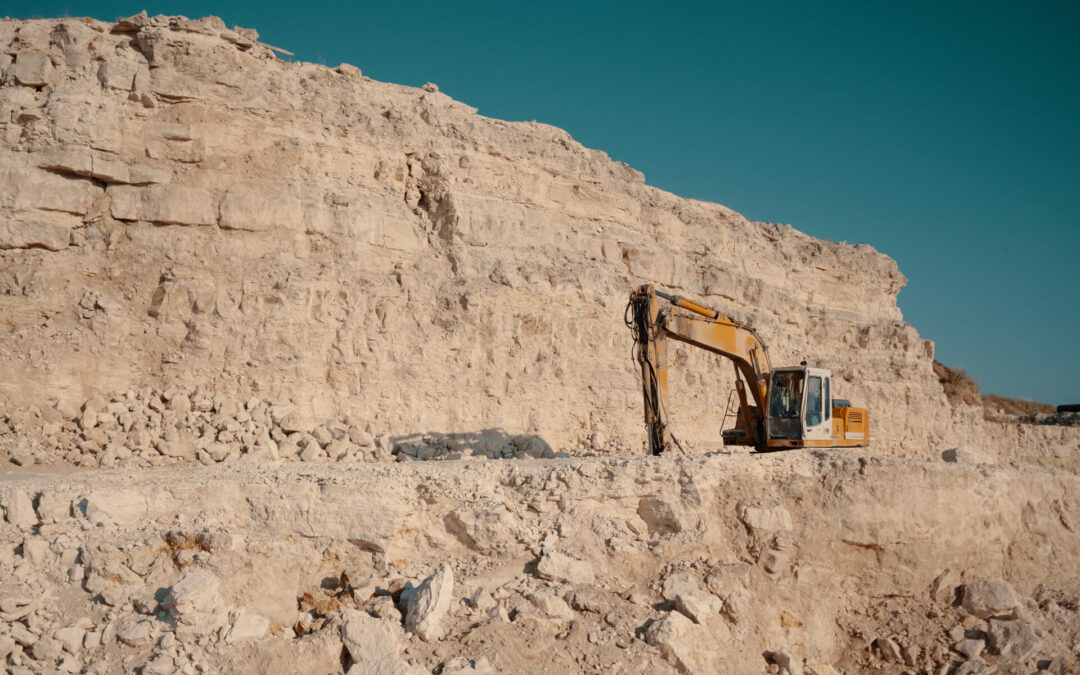Measuring success in MSHA (Mine Safety and Health Administration) compliance is essential for ensuring the safety and well-being of workers in the mining industry. As regulatory requirements grow increasingly complex, it’s vital for mining operations to not only meet but exceed these standards. Success in MSHA compliance goes beyond simply avoiding fines or penalties; it involves creating a culture of safety, proactively identifying hazards, and fostering continuous improvement.
In this article, we will explore key strategies and metrics for evaluating MSHA compliance, helping mine operators assess their performance, mitigate risks, and ultimately achieve a safer work environment for all.
Understanding MSHA Compliance Requirements
To ensure mining operations are safe and legally compliant, the Mine Safety and Health Administration (MSHA) has established a comprehensive set of safety standards and regulations. Understanding these MSHA compliance requirements is essential for mining companies to avoid penalties and foster a culture of safety. Compliance covers various aspects, including training, workplace inspections, and maintaining accurate safety records.
Key Performance Indicators for MSHA Compliance
Measuring the success of your compliance efforts involves tracking Key Performance Indicators (KPIs). KPIs provide quantitative data that helps assess how well your company is adhering to MSHA standards. Common KPIs include the number of safety violations, the frequency of incidents, and the completion rates of required training programs.
Establishing a Baseline for Compliance Metrics
Before evaluating success, it’s important to establish a baseline for compliance metrics. This involves collecting historical data on past compliance performance to understand where your operations currently stand. By creating a benchmark, mining companies can set realistic and measurable goals for improvement.
Conducting Regular Audits and Inspections
One of the most effective ways to measure compliance success is through regular safety audits and inspections. These audits help identify potential safety hazards, procedural lapses, and areas where standards may not be met. Consistent inspections contribute to safer workplaces and reduce the risk of unexpected MSHA penalties.
Employee Training and Its Impact on Compliance
Employee training is a critical component of MSHA compliance. Properly trained employees are more likely to follow safety procedures and understand the importance of workplace regulations. Monitoring training completion rates and testing employees’ knowledge retention can provide insights into how effectively training programs are being executed.
Analyzing Incident Reports and Safety Records
Incident reports and safety records are valuable tools for measuring compliance success. By analyzing these reports, companies can identify patterns and recurring safety issues. Reducing the number of incidents over time is an indicator that your compliance efforts are moving in the right direction.
Utilizing Technology to Monitor Compliance
Advances in technology have made it easier for mining companies to monitor compliance in real time. Tools such as compliance management software, automated reporting systems, and digital checklists can help track safety measures and ensure that standards are consistently met. Utilizing these technologies can streamline reporting and reduce the administrative burden on staff.
Continuous Improvement Strategies in MSHA Compliance
To maintain compliance success, mining operations must adopt a mindset of continuous improvement. This involves regularly reviewing procedures, incorporating feedback from audits, and updating training materials as needed. Proactive adjustments ensure that compliance strategies remain effective as regulations evolve.
Reporting and Documentation Best Practices
Accurate reporting and documentation are essential for demonstrating compliance during MSHA inspections. Keeping comprehensive records of training sessions, incident reports, and audit results not only satisfies regulatory requirements but also aids in tracking progress over time. Digital documentation tools can simplify this process and make accessing records easier during reviews.

Case Studies: Successful MSHA Compliance Practices
Examining case studies of companies that have successfully maintained MSHA compliance can provide actionable insights and best practices. These examples often illustrate how regular audits, robust training programs, and the integration of technology have helped mining operations stay compliant and foster a culture of safety.
Achieving Excellence in MSHA Compliance
Achieving and maintaining MSHA compliance is about more than avoiding fines—it’s about creating a safer work environment and building trust with stakeholders. By implementing regular audits, investing in employee training, and embracing technology, mining companies can measure success and continuously improve their compliance efforts. Proactive measures and thorough documentation pave the way for long-term excellence in safety and regulation adherence.

